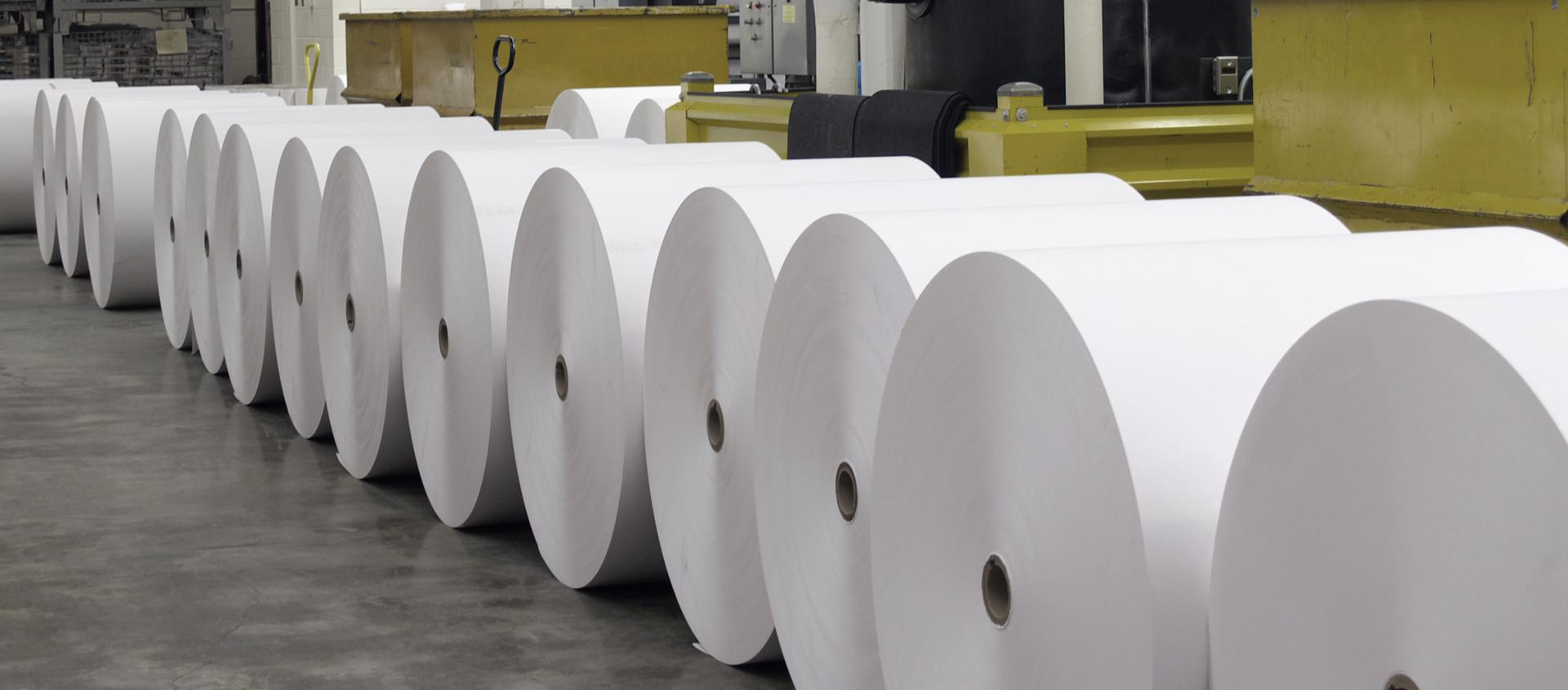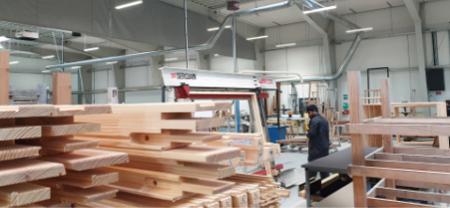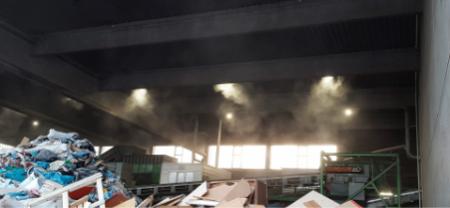Whether it’s digital, offset or inkjet printing, maintaining the right air humidity is a vital factor in ensuring perfect production runs in printing operations. By controlling air humidity, you improve product quality and avoid downtime, damaged products, desiccation and static electricity. Here's how:
Paper is a hygroscopic material, which refers to papers’ ability to absorb and adsorb water molecules from the ambient environment. Inconsistencies in the humidity can make the paper contract or wrinkle.
Hygroscopic materials are therefore sensitive to fluctuations in temperature and air humidity, and the inconsistency will affect product quality. Without the right conditions, production in a printing facility or in packaging production could potentially stop because of the changing physical condition of the paper.
Individual paper sheets can be affected by natural variations in humidity. Therefore, tolerances in printing processes, such as offset printing, are tiny – down to tenths of a millimeter.
Therefore, the printing industry is sensitive to changes in humidity levels and controlling the humidity and excess heat are critical factors in ensuring a productive printing operation.
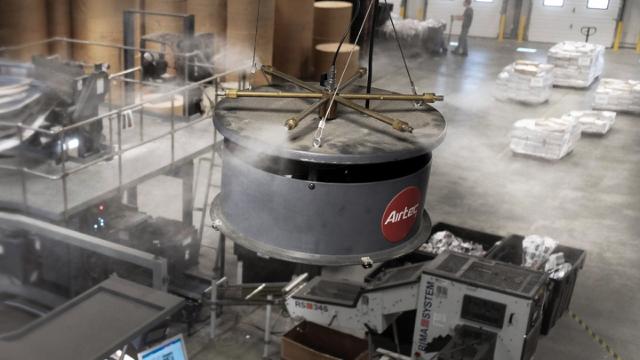

Electrostatic discharge, a constant challenge
Another critical issue in the printing industry is static electricity. High friction levels will lead to a build-up of electrostatic charges. If the air humidity level is not controlled, this build-up of static electricity can cause individual sheets of paper to adhere to each other. This will lead to poor printing performance or downtime of printing presses.
To ensure a smoothly running printing operation it is vital to maintain optimum production conditions through a constant control of air humidity and temperature. Keeping levels correct and constant ensures a productive environment, and can easily be achieved with the know-how and experience built into every Airtec® air humidifying system.
Optimal air humidity
Usually, 4-6% of papers’ total weight is made up of water, also referred to as the absolute moisture content. But due to its hygroscopic nature, it will either absorb or dissipate moisture if the air humidity in the ambient environment is not correctly controlled. Most types of paper are designed to be stable in a 45-55% relative humidity (RH) at 22 degrees Celsius, whereas incorrect levels will negatively affect the quality of the paper and, ultimately, your print job.
Digital Printing
When working with digital printing, you need to maintain 50-55% RH to avoid issues with toner adhesion and paper jams. If the humidity level falls below 40% RH, the paper will dissipate moisture and change shape. Furthermore, it can create electrostatic charges that can cause the papers to stick together.
Offset
When working with offset printing, you need a humidity level of about 50-55% RH to have the optimal environment and avoid issues such as curling, creasing and dot doubling. Furthermore, if the humidity is too low, electrostatic charges occur and can cause problems with stacking, trimming and folding because the paper will begin to stick together.
Inkjet
In inkjet printing, a productive environment is ensured by preventing spreading, show through and drying issues related to low air humidity. The optimal humidity levels for inkjet printing is lower than digital and offset, where the optimal level for operation is between 45-50% RH.
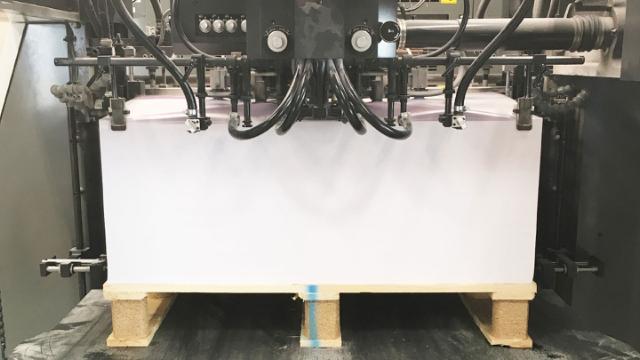
How to handle your paper
- Always store the paper in a room where both temperature and humidity are controlled
- When you remove the wrapping, always ensure that the paper is the same temperature as the surrounding air
- Keep the temperatures constant and the humidity levels in the production space according to the schedule above
- Check for moisture loss/gain through outside doors, such as loading docks, and, if possible, install another barrier between outside doors and production area
How correct air humidity can increase your productivity
- Consistent quality and production speeds
- No downtime due to printing machines jamming
- Minimal risk of electrostatic discharges that can cause paper to stick together
- No issues with damaged products, such as spreading and show throughs
